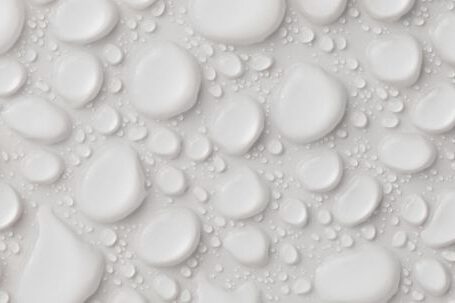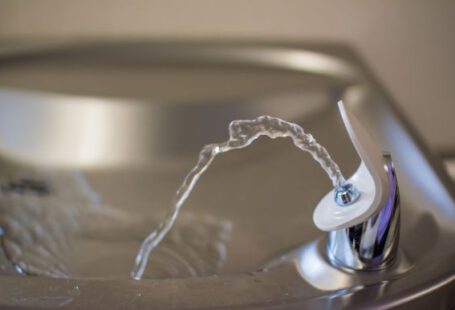Winter is a beautiful season with its snow-covered landscapes and cozy indoor evenings. However, it also brings along the risk of frozen and bursting pipes. The last thing you want during this season is to deal with the mess and expense of a burst pipe. Luckily, by taking a few preventive measures, you can minimize the chances of this happening. In this article, we will discuss some essential tips to help you avoid freezing and bursting pipes this winter.
Insulate Your Pipes
One of the most effective ways to prevent freezing and bursting pipes is by insulating them. Insulation helps retain heat and prevents the pipes from getting too cold. You can use foam insulation sleeves or even wrap towels or blankets around the exposed pipes. Pay extra attention to pipes in unheated areas such as basements, attics, and crawl spaces.
Seal Any Cracks or Gaps
Cold air can easily find its way into your home through cracks and gaps in windows, doors, and walls. When cold air enters, it can cause the temperature in your home to drop, increasing the risk of freezing pipes. Inspect your home for any cracks or gaps and seal them using caulk or weatherstripping. This will not only help prevent frozen pipes but also improve the energy efficiency of your home.
Keep a Consistent Temperature
Maintaining a consistent temperature in your home is crucial during the winter months. Avoid drastic temperature changes by setting your thermostat to a steady temperature, even when you’re away. It may be tempting to turn down the heat to save on energy costs, but doing so can put your pipes at risk. Remember, a slight increase in your heating bill is far better than dealing with the aftermath of a burst pipe.
Open Cabinet Doors
Pipes located inside cabinets are more susceptible to freezing, as they are often exposed to colder temperatures. To help prevent this, keep your cabinet doors open, especially those under kitchen or bathroom sinks. By doing so, you allow warm air from your home to circulate around the pipes, keeping them at a safe temperature.
Let Faucets Drip
When temperatures drop significantly, it’s a good idea to let your faucets drip. Allowing a small, steady flow of water through the pipes can help prevent them from freezing. Moving water is less likely to freeze compared to stagnant water. Although this may waste some water, it is a small price to pay compared to the potential damage caused by a burst pipe.
Drain Outdoor Pipes and Faucets
Before the winter season arrives, make sure to disconnect and drain any outdoor hoses, pipes, and faucets. Water left in these areas can freeze and expand, leading to pipe damage. Shut off the water supply to these outdoor fixtures and allow any remaining water to drain completely. Store the hoses indoors until springtime to protect them from the cold.
Monitor Your Water Pressure
A sudden drop in water pressure can be an indication of a frozen pipe. If you notice a significant decrease in water pressure, it’s important to act quickly. Check all exposed pipes for signs of freezing, such as frost or condensation. If you suspect a frozen pipe, contact a professional plumber to assess the situation and provide the necessary repairs.
Conclusion: Protect Your Pipes, Protect Your Home
Taking the time to prepare and protect your pipes before winter sets in can save you from the headaches and expenses of dealing with freezing and bursting pipes. By insulating your pipes, sealing cracks, maintaining a consistent temperature, and following the other tips mentioned in this article, you can ensure the safety and integrity of your plumbing system throughout the winter season. Remember, a little prevention goes a long way in keeping your pipes and home safe during the chilly winter months.



